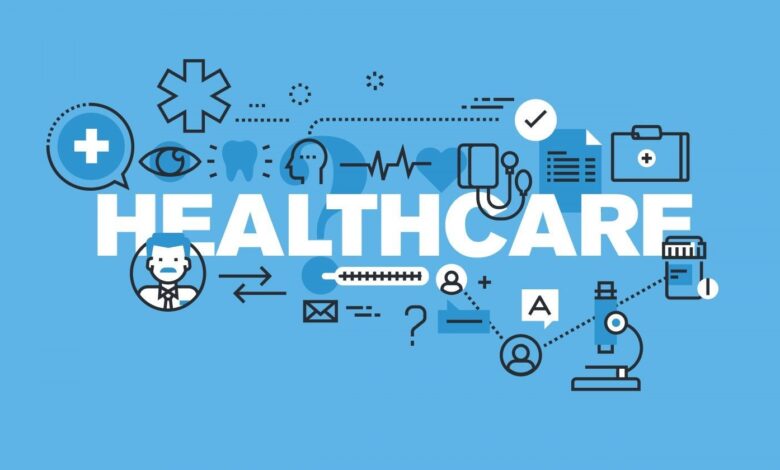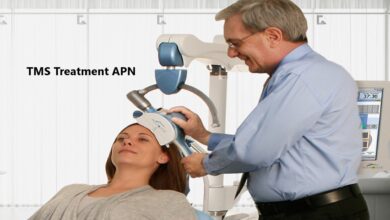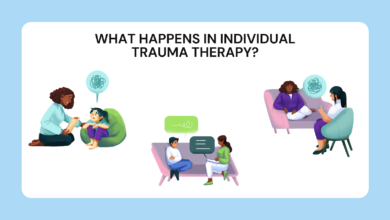Comparing 10X Health System to Traditional Healthcare Models

Healthcare is transforming, with new systems challenging how we’ve traditionally cared for patients. Traditional healthcare models have long focused on diagnosing and treating diseases after symptoms arise. Now, the 10X Health System proposes a fresh approach centered on wellness, prevention, and personalization. Understanding how these two differ gives us a clearer view of today’s health trends and where care might be headed.
Overview of Traditional Healthcare Models
Traditional healthcare mainly revolves around treating illness. It depends heavily on primary care physicians who diagnose diseases using standard tests and offer general treatment plans.
Disease-Centered Approach
In this model, healthcare is reactive. Doctors wait for symptoms before diagnosing conditions and often focus on managing diseases rather than preventing them. The emphasis lies in restoring health once something goes wrong.
Diagnostic Tools and Limitations
Common tools include blood tests and genetic panels. These tests provide snapshots of current health but often miss the dynamic changes happening at a cellular or metabolic level. This means they might not offer early or preventive insights, limiting their ability to catch problems before symptoms surface.
Patient Experience and Accessibility
Traditional care is usually widely accessible through insurance and clinics, but patients often face long waits and general treatment plans that don’t consider individual lifestyle or genetics deeply. Costs can vary, but many services remain affordable and covered by insurance.
For more details on how these traditional models function, the National Institutes of Health provides a thorough explanation of care models and patient safety.
Introduction to 10X Health System
The 10X Health System presents a newer way of thinking about healthcare. It combines advanced technology with a wellness-driven philosophy, aiming to optimize health before illness occurs.
Advanced Diagnostic Techniques
10X uses detailed genetic testing, blood biomarker analysis, and metabolomic assessments to gain a complete picture of a person’s health. These tests go beyond standard diagnostics by tracking chemical changes in the body that hint at future health risks.
Multimodality Wellness Protocols
This system incorporates therapies like Pulsed Electromagnetic Field Therapy, oxygen therapy, and red/near-infrared light therapy. These approaches focus on reducing inflammation and promoting cellular repair, aiming to restore balance in the body and boost overall well-being.
Personalization and AI Integration
An important part of 10X Health is using AI to analyze complex data from tests and create personalized health plans. Digital twinning—a technology that simulates a person’s biology—helps predict how an individual might respond to certain treatments, tailoring care uniquely for them.
Comparative Analysis of 10X Health System vs Traditional Healthcare
Scope and Depth of Genetic Testing
Traditional models often use broad SNP-based genetic panels that provide general risk factors. In contrast, 10X focuses on deeper gene expression and metabolomics, allowing for a more detailed and dynamic health assessment.
Preventive vs Reactive Care
The biggest difference is timing. Traditional care waits for symptoms and treats disease, but 10X acts early, aiming to prevent illness and regenerate health through proactive strategies.
Technology and Innovation in Care Delivery
10X integrates metabolomic analysis and AI-driven tools, enhancing diagnostic precision and treatment customization. Traditional care relies more on established tools like static blood tests and routine screenings.
Cost and Accessibility Considerations
While traditional healthcare is commonly accessible and often covered by insurance, the 10X Health System tends to be more exclusive and costly due to its advanced testing and therapies. This limits its reach but provides cutting-edge options for those who can access it.
Implications for Future Healthcare Models
Shift Towards Precision and Preventive Medicine
Healthcare is gradually moving toward individual-focused strategies powered by data. The 10X model exemplifies this by combining genetics, AI, and novel therapies to prevent disease before it starts.
Challenges and Limitations
Widespread use of 10X approaches faces hurdles like price, the need for more clinical evidence, and the complexity of scaling these personalized methods to larger populations.
Conclusion
Comparing traditional healthcare and the 10X Health System reveals clear differences. Traditional models concentrate on disease detection and treatment, making healthcare accessible but often reactive. The 10X Health System focuses on prevention, cellular health, and personalized care through advanced technology and therapies.
Both have strengths. Integrating the precision and wellness focus of 10X with the broad accessibility of traditional care could lead to a healthcare system that truly optimizes patient outcomes. Balancing innovation with affordability and access will likely shape the future of medicine. You can contact us for further information and clarification about the subject.




